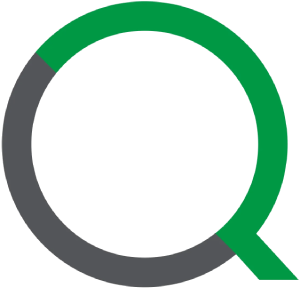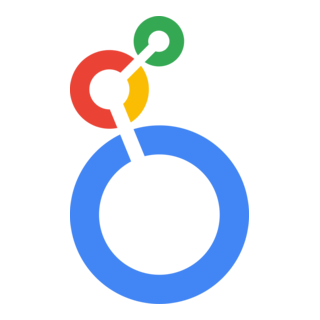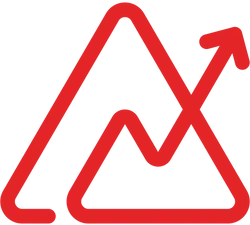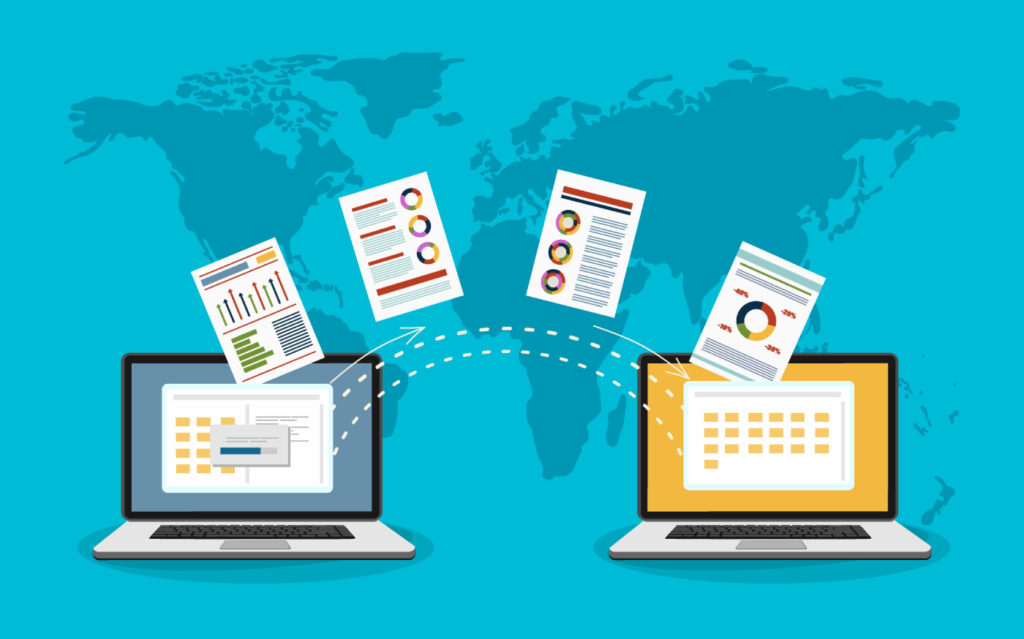Power BI consistently ranks among the top business intelligence tools, thanks to its extensive data analysis and visualization capabilities, user-friendly interface, robust data connectivity, and tight integration with the Microsoft ecosystem.
However, if you’re looking for a Power BI alternative, the tech landscape now offers a wealth of specialized solutions with competitive and advanced capabilities.
In this article, I’ll explore the best Power BI alternatives for 2025, helping you find the perfect fit for your unique business needs.
Top Power BI alternatives in 2025

Qlik Sense: Best for modern analytics
Dashboard
4/5
Ease of integration
4/5
Advanced analytics features
4.5/5
Use cases and applications
3.5/5
Pricing
3.5/5
User reviews
4/5
Pros
- Faster decision-making with real-time insights
- Easy configuration and management
- Little or no coding skills required
Cons
- Expensive initial installation
- Complex pricing model
- Not beginner-friendly
Why choose Qlik Sense
Qlik Sense offers proven solutions that deliver a trusted data foundation for company-wide impact. Its advanced features include natural language search, conversational analytics, and Natural Language Generation (NLG) for broader user accessibility and interactive exploration.
A key distinct feature of this Power BI competitor is its associative data model. With Qlik Sense, you don’t need predefined queries, making complex data analysis efficient. Also, with the platform’s intuitive drag-and-drop interface, non-technical users can quickly create interactive dashboards. Qlik Sense also offers different licensing choices, including SaaS and on-premises, ensuring you can scale the solution as your data needs grow.

Tableau: Best for interactive visualization
Dashboard
4/5
Ease of integration
4/5
Advanced analytics features
4.8/5
Use cases and applications
4.5/5
Pricing
4/5
User reviews
4.6/5
Pros
- Easy-to-use self-service analytics cloud platform
- Reusable model and scalable data architecture
- Intelligent, personalized, and contextual insights
Cons
- High ongoing costs and licensing fees
- Limited customization options
- Performance slowdowns with complex datasets
Why choose Tableau
Tableau has expanded its reach with more intuitive and personalized AI-powered data experiences. Its data-driven approach makes it a top choice for modern business intelligence solutions. It is a powerful, flexible, secure, and complete integrated analytics platform offering end-to-end self-service analytics solutions.
Microsoft Power BI might be more manageable for beginners, but Tableau offers unmatched excellence in advanced data visualization and prioritizes customer-focused innovation. Besides, the new edition Tableau+ comes with premium AI capabilities for wall-to-wall adoption of self-service analytics. It also features a built-in AI assistant called Tableau Agent, which significantly simplifies data tasks and the learning curve for new users.

Looker Studio: Best for advanced data modelling
Dashboard
4.8/5
Ease of integration
4/5
Advanced analytics features
4.5/5
Use cases and applications
4/5
Pricing
4/5
User reviews
4.5/5
Pros
- Collaborative and conversational UX
- Fully interactive dashboards
- Smart data access with proactive alerts
Cons
- It relies on LookML, which demands training and expertise
- Fewer out-of-the-box integrations
- Steeper learning curve
Why choose Looker Studio
Looker Studio helps businesses by providing accessible and useful information through proactive alerts and deep integrations. It significantly reduces cross-cloud spending, thus avoiding complex billing from multiple providers. Looker’s friendly, interactive UI makes getting started and adopting data analytics solutions easier. This data analytics tool also has an added AI-first platform to create tailored data products, embed analytics, and scale businesses.
With Looker, you can easily collaborate across the Google Workspace. The tool also provides modeled schemas for Google applications like Gmail, Drive, Mert, and others. In contrast to Power BI, Looker can support long-term data optimization initiatives and assist in day-to-day business needs.

SiSense: Best for API-first analytics
Dashboard
4/5
Ease of integration
4/5
Advanced analytics features
4.8/5
Use cases and applications
4.5/5
Pricing
4/5
User reviews
4.1/5
Pros
- Unlimited scalability and flexibility
- Hassle-free maintenance
- More innovative and interactive data experiences
Cons
- Some key features require training
- Limited options for sharing
- Difficulty in setup and configuration
Why choose SiSense
SiSense is largely popular because of its sophisticated data analysis and modeling capabilities. Although it has a steeper learning curve and demands prior technical knowledge in some spectra, SiSense now has integrated GenAI components to deliver instant insights and explanations. This makes it easy for the users to explore the platform, automate tasks, and generate faster actionable insights.
SiSense also offers more flexible deployment options, facilitating on-premises, cloud-based, and hybrid solutions that set it apart from Microsoft Power BI.
With SiSense, you also get advanced customization options through its Perspective feature, enabling tailored views for every user.

Zoho Analytics: Best for comprehensive data analytics
Dashboard
4/5
Ease of integration
4/5
Advanced analytics features
4.5/5
Use cases and applications
4.8/5
Pricing
4.8/5
User reviews
4.4/5
Pros
- AI assistance in every data layer
- Insightful visualizations
- Exploratory analysis
Cons
- Too many features make the UI clumsy
- Limited options for customization
- Integration challenges
Why choose Zoho Analytics
Zoho Analytics is a next-gen data analytics tool that efficiently handles modern business needs with advanced solutions. It also offers powerful analytics capabilities on mobile through the all-new Zoho Analytics apps, which can integrate across Android and iOS devices for better accessibility.
Its future-ready infrastructure, time-tested governance and security features, and pre-built functionalities make it a top Power BI alternative.
Additionally, it has a flexible and reasonable pricing structure. Given the cost-efficiency, Zoho Analytics is preferred for most small and medium-scale businesses. In recent releases, Zoho Analytics also added CTE (Common Table Expressions) support for queries, pivot view, KPI Widget enhancements, and other UX improvements.
Why users seek alternatives to Power BI
Business requirements are dynamically changing, and tools that better align with these needs are needed more than ever. While Power BI remains a widely used data analytics tool, it does have limitations that may hinder complex data operations. Meanwhile, alternative BI solutions offer unique features that help users generate meaningful business insights faster.
Below are several other reasons why many data professionals look beyond Power BI for their analytics needs.
Pricing
Although Power BI offers a free account plan, the features are limited. For advanced analytics, users need to upgrade to different subscription plans. However, better choices are available in the market that are more affordable and provide advanced functionalities.
Learning complexities
Power BI also has a steeper learning curve. You must be proficient in Excel and master DAX calculations and Power Query transformations for best results. However, alternatives like Tableau, Qlik Sense, and Splunk support drag-and-drop features and are more user-friendly.
Deployment constraints
Another primary concern for Power BI users is the on-premise deployment constraints. This cloud-based platform only offers on-prem and hybrid deployment options with a premium license. It does not support desktop preview, Excel analysis, cross-report navigation, and other advanced features.
Integration challenges
Although Power BI can effortlessly integrate into the Microsoft ecosystem, it does not function as effectively in other cloud platforms and third-party databases. Therefore, there may be issues like poor data quality, security and compliance risks, scalability and performance problems, API limitations, and permission conflicts.
Advanced features and customization
Power BI may not be the perfect fit for users seeking highly advanced features and customization levels. Some competitors help businesses with tailored dashboard designs, custom visuals, user-friendly interfaces, drag-and-drop functionalities, and compelling reports.
Choosing the best Power BI alternative
Selecting the right data analytics platform will significantly impact how you use data, allocate resources, manage risks, and plan for growth.
If you’re looking to invest in a BI tool, consider factors like total cost of ownership, integration with your existing system, user adoption, security, and,, most importantly, vendor support. A thorough analysis of available alternatives with a clear long-term data strategy will help you identify the best BI tool to help you derive meaningful insights for your business.
I evaluated each BI tool against six core metrics: Dashboard, Ease of Integration, Advanced Analytics, Features, Use Cases and Applications, Pricing, and User Reviews. Each metric was assigned a score from 1 to 5, referencing product documentation, pricing plans, and user feedback on reputable review platforms. I then combined these scores to produce a single rating, providing an objective, balanced view of how each alternative compares to Power BI.
FAQs:
Zoho Analytics and Looker Studio have more cost-effective pricing structures and a wide range of features and capabilities.
Beginners can start with Looker and Zoho Analytic, as they require limited technical expertise.





